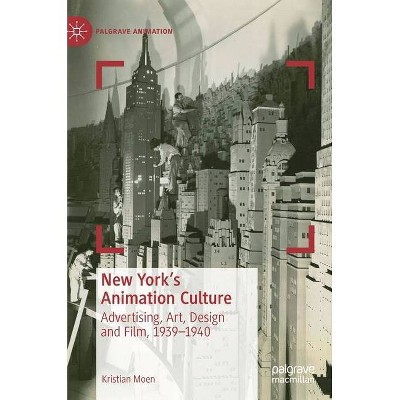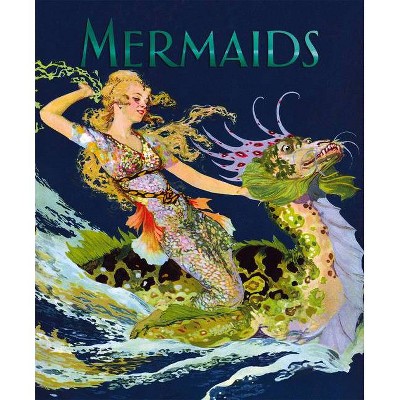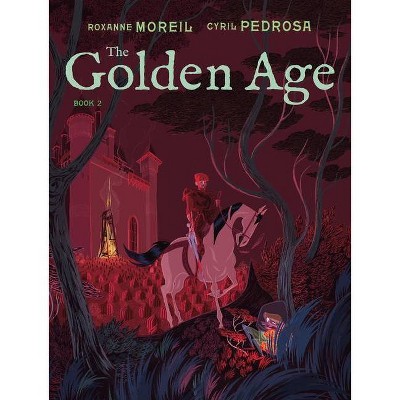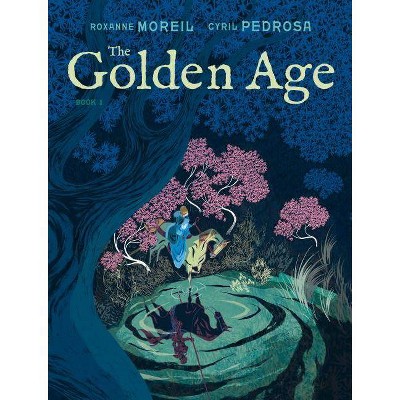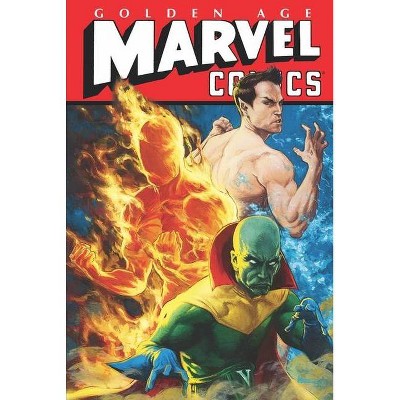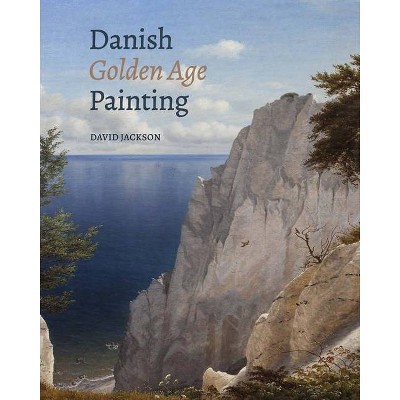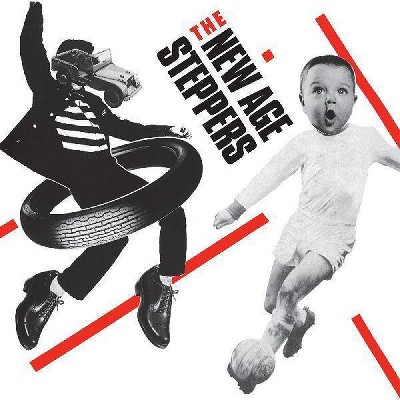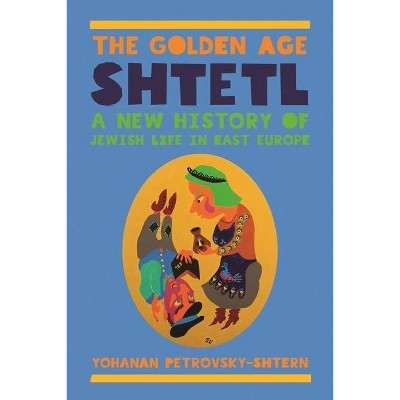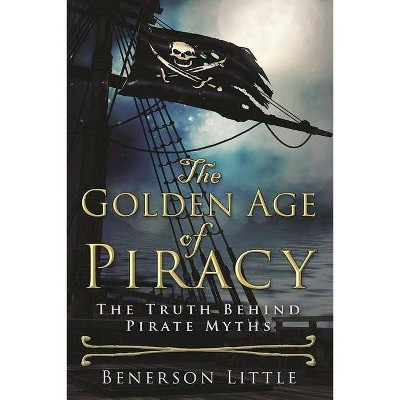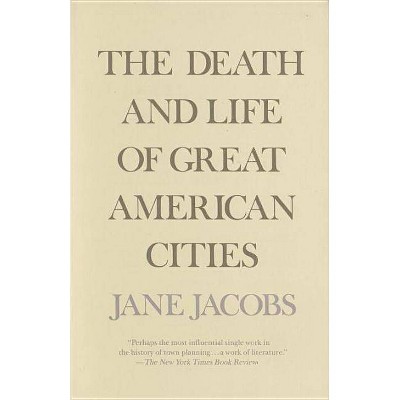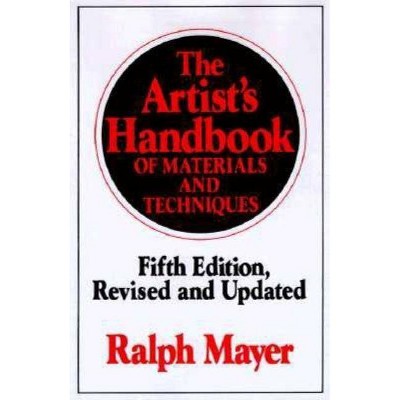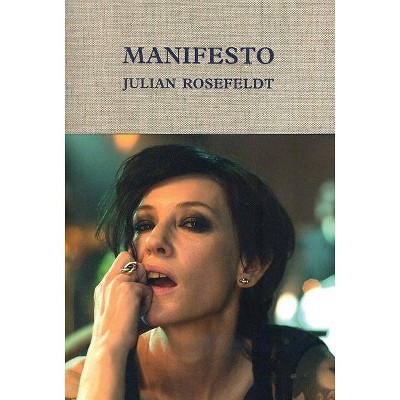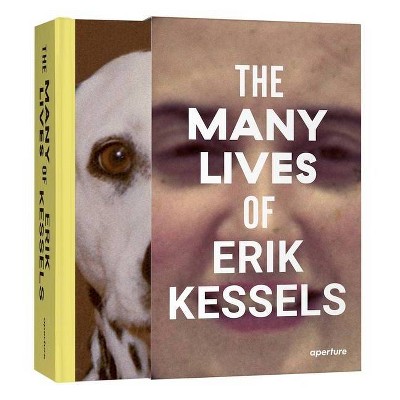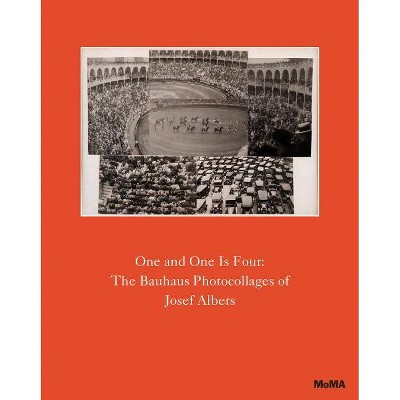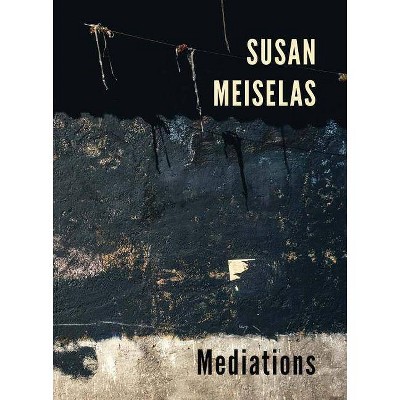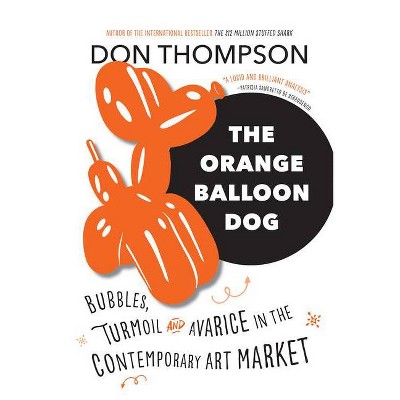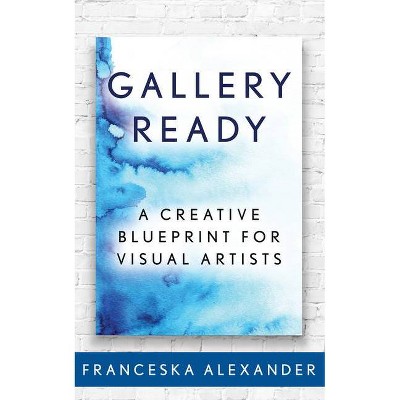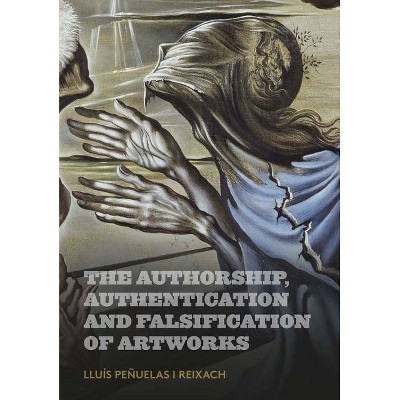New York's Golden Age of Bridges - by Joan Marans Dim (Hardcover)
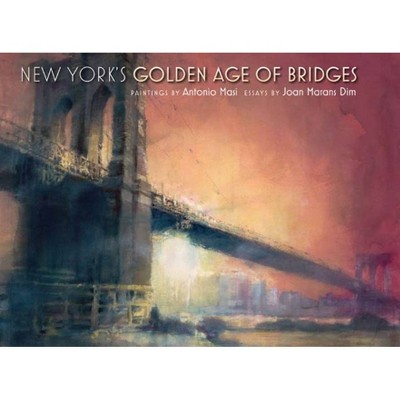
Similar Products
Products of same category from the store
AllProduct info
<p/><br></br><p><b> About the Book </b></p></br></br>In New York's Golden Age of Bridges, artist Antonio Masi's paintings and Joan Marans Dim's text encourage the understanding and appreciation of the art and history of the city's nine "Golden-Age" bridges, explore the connections they've fostered, and reveal their impact on the city, nation, and world.<p/><br></br><p><b> Book Synopsis </b></p></br></br><p>In New York's Golden Age of Bridges, artist Antonio Masi teams up with writer and New York City historian<br>Joan Marans Dim to offer a multidimensional exploration of New York City's nine major bridges, their artistic and<br>cultural underpinnings, and their impact worldwide. <p/>The tale of New York City's bridges begins in 1883, when the Brooklyn Bridge rose majestically over the East River, signaling the start of America's "Golden Age" of bridge building. The Williamsburg followed in 1903, the Queensboro (renamed the Ed Koch Queensboro Bridge) and the Manhattan in 1909, the George Washington in 1931, the Triborough (renamed the Robert F. Kennedy Bridge) in 1936, the Bronx-Whitestone in 1939, the Throgs Neck in 1961, and the Verrazano-Narrows in 1964. Each of these classic bridges has its own story, and the book's paintings show the majesty and artistry, while the essays fill in the fascinating details of<br>its social, cultural, economic, political, and environmental history. <p/>America's great bridges, built almost entirely by immigrant engineers, architects, and laborers, have come to symbolize not only labor and ingenuity but also bravery and sacrifice. The building of each bridge took a human toll. The Brooklyn Bridge's designer and chief engineer, John A. Roebling, himself died in the service of bridge building. But beyond those stories is another narrative--one that encompasses the dreams and ambitions of a city, and eventually a nation. <p/>At this moment in Asia and Europe many modern, largescale, long-span suspension bridges are being built. They are the progeny of New York City's Golden Age bridges. This book comes along at the perfect moment to place these great public projects into their historical and artistic contexts and to inform and delight artists, engineers, historians, architects, and city planners. In addition to the historical and artistic perspectives, <br>New York's Golden Age of Bridges explores the inestimable connections that bridges foster, and reveals the extraordinary impact of the nine Golden Age bridges on the city, the nation, and the world.</p><p/><br></br><p><b> Review Quotes </b></p></br></br><br>. . . Offer[s] a multidimensional exploration of New York City's nine major bridges. . . Each of these classic bridges has its own story, and the book's paintings show the majesty and artistry, while the essays fill in the fascinating details of its social, cultural, economic, political and environmental history.-- "--The Artist's Life"<br><br>"Many books have been written about the bridges of New York, as evidenced by the volumes cited in this work. Yet, the idea of framing descriptive text and a highly personalized story around critically acclaimed works of fine art is a unique approach. Through the visual interpretation of Antonio Masi, the bridges take on different personae according to mood, physicality, vantage point, and time of day. Joan Marans Dim's essays are a translation of the process for the reader and viewer and bring a contextual richness to viewing the works that might otherwise be missing.<b>-----Nancy Murphy Cricco, <i>University Archivist, New York University</i></b><br><br>"New York's Golden Age of Bridges" uses paintings by Antonio Masi and essays by Joan Marans Dim to span the gaps in the skyline by focusing on the physical connections that helped create Greater New York.-- "--The New York Times"<br><br>Antonio Masi is quite simply an astonishing painter. His large-scale watercolor paintings have a grandeur to them that is most appropriate to his subject of the awe-inspiring New York City bridges he loves to portray. He is able to capture changing weather, the feel of endless traffic, and the atmosphere of the vibrant and bustling city these engineering marvels serve, but most of all Antonio portrays their majesty and grace. Anyone who loves the experience that is New York will want to own and absorb this book--these are images that are timeless.<b>-----Claudia Seymour, <i>President, Salmagundi</i></b><br><br>For most of us bridges are massive immovable structures of steel, cement and cables; marvels of engineering that we don't understand. We take them for granted as they transport us from one place to another. As seen through the eyes of Antonio Masi and portrayed in his powerful paintings bridges become beautiful, and as ethereal as medieval cathedrals. His paintings, like the bridges, also take us from one place to another. Antonio's place is a place where his artistic vision, his magical light and movement let us understand his personal connection to these bridges and marvel at the beauty he presents for our enjoyment.<b>-----Jim McFarlane, <i>President, American Watercolor Society</i></b><br><br>Poetic and enlightening, New York's Golden Age of Bridges pairs Antonio Masi's masterful watercolors with Joan Marans Dim's entertaining essays. Masi makes his own contribution to the rich artistic heritage celebrating the city's great landmarks. His command of watercolor conveys both the mighty weight and the evocative delicacy of New York's soaring spans, while Dims' commentary offers insights into the artist's life-long engagement with the subject, his aims and influences. Their stirring collaboration will take its place on the bookshelves of New York devotees.<b>-----Pamela N. Koob, <i>Curator, Permanent Collection, The Art Students League of New York</i></b><br><p/><br></br><p><b> About the Author </b></p></br></br><br><strong>Antonio Masi</strong>, fascinated by bridges since childhood, began painting them a decade ago. He is drawn particularly to the 59th Street (the recently renamed Ed Koch Queensboro) Bridge, which his grandfather Francesco Masi helped build. Masi has won national and global acclaim for his paintings of New York City bridges. <p/><strong>Joan Marans Dim</strong> is the co-author of <em>The Miracle on Washington Square: New York University </em>and the author of the novel <em>Recollections of a Rotten Kid</em>. She grew up on the Upper West Side of Manhattan and has traveled the bridges of New York City all her life. She now lives in Brooklyn.<br>
Price History
Price Archive shows prices from various stores, lets you see history and find the cheapest. There is no actual sale on the website. For all support, inquiry and suggestion messagescommunication@pricearchive.us
